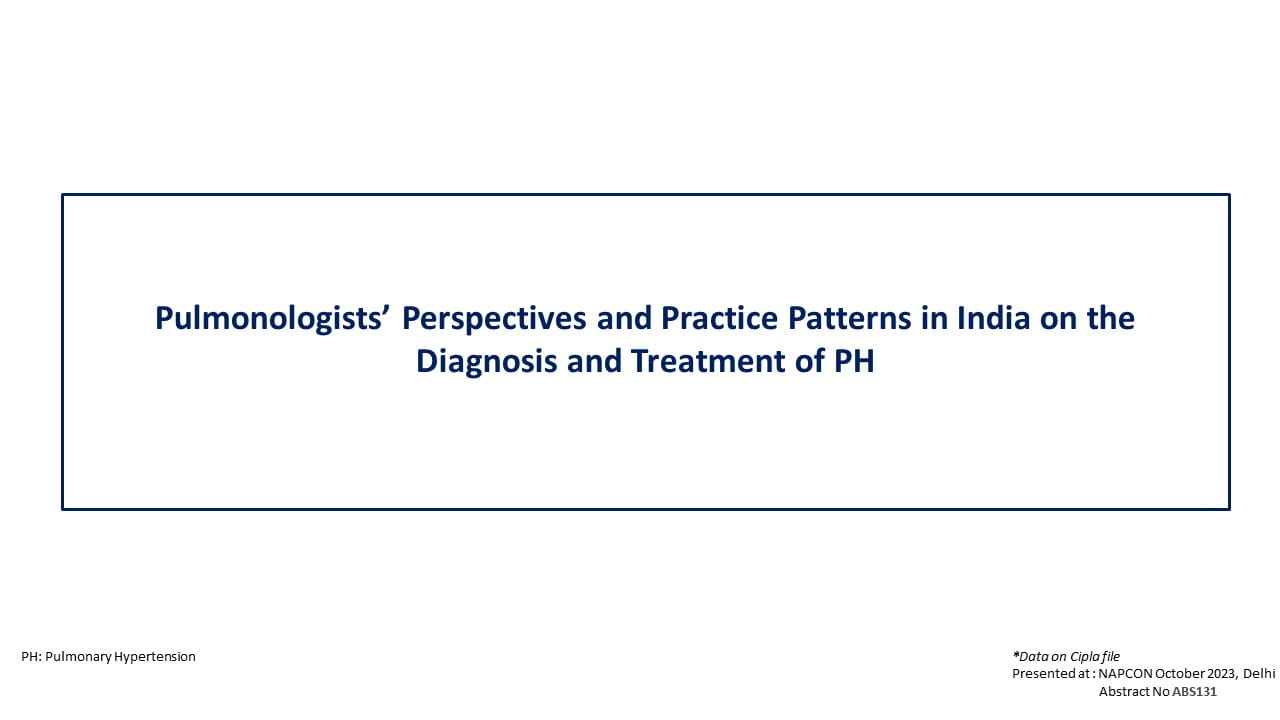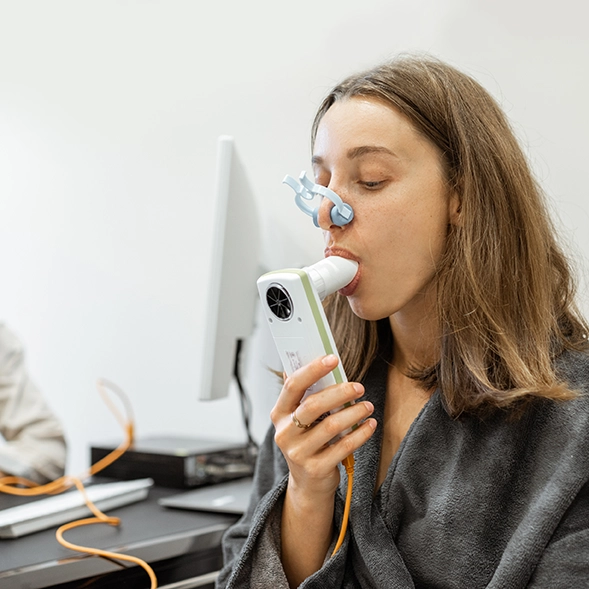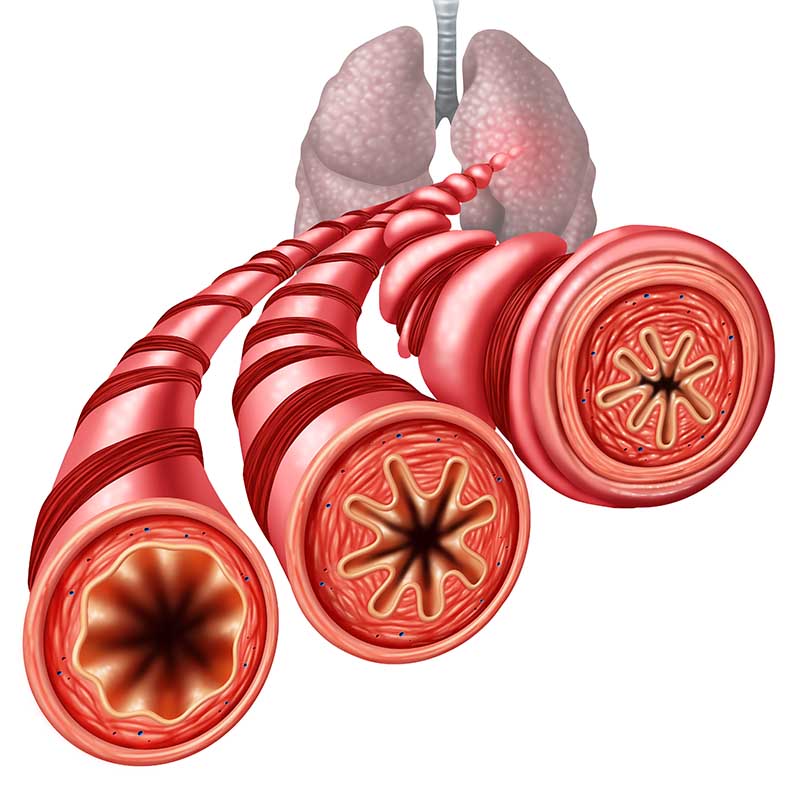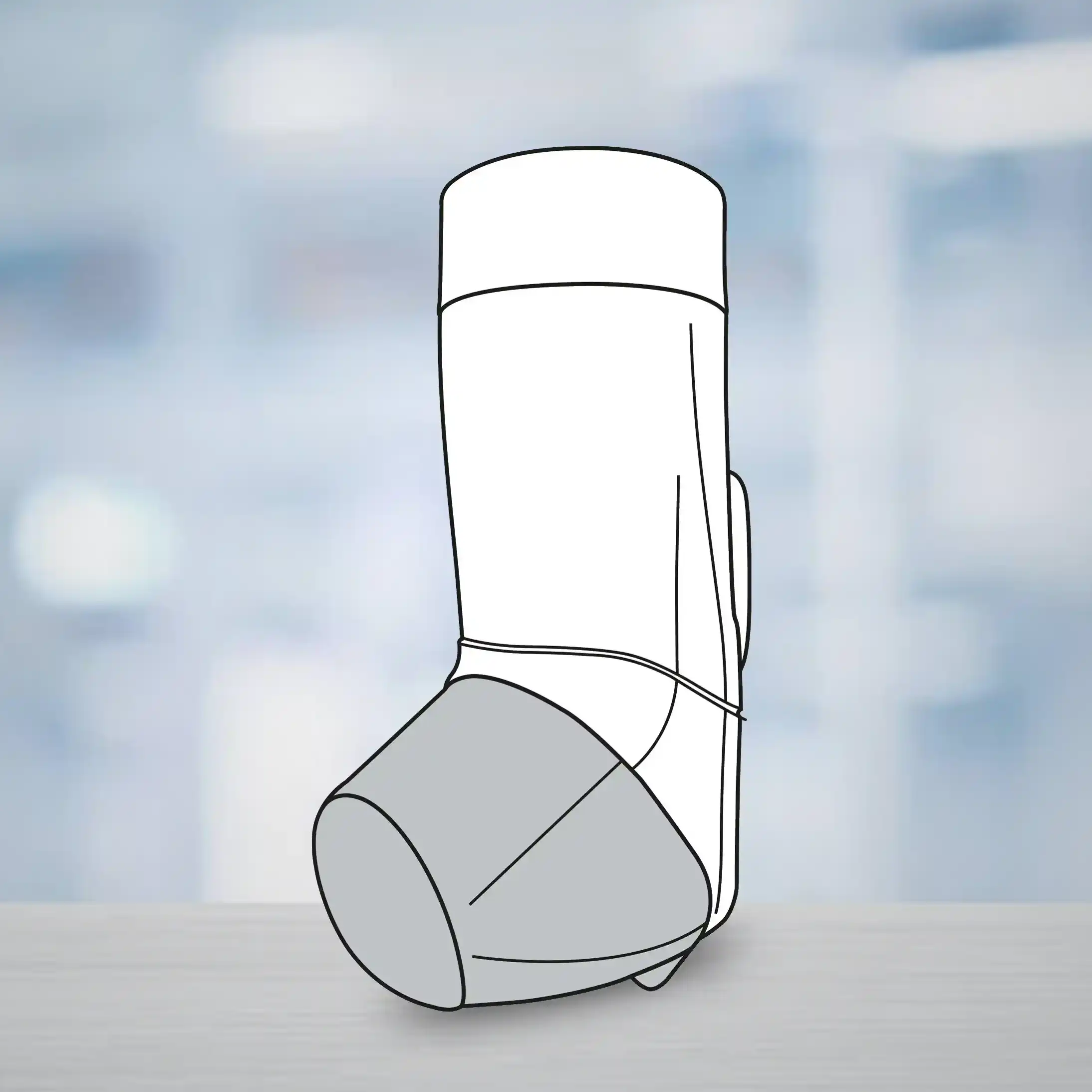Introduction
The pressurized metered dose inhaler (pMDI) helps to deliver a wide variety of inhaled drugs for the management of asthma and COPD patients. Nearly 80% of the patients fail to use the pMDI correctly, with the major problem being co-ordinating the actuation with inhalation, thus compromising on the delivery of drug to the lungs, which further can affect disease outcomes.
Spacers devices are extensions to a pMDI, with a port at one end to which the pMDI is attached and a mask or mouthpiece fitted at the other end. They help in holding the medication for a few seconds after it has been released from the pMDI, thus overcoming the need for co-ordination. It also helps to reduce the particle size of the spray released by the pMDI as it travels through the spacer due to evaporation of the propellant. As a result of these properties pulmonary deposition of the drug is enhanced.
Advantages of Spacer Devices
- Making pMDIs Easier to Use
The issue of coordination of actuation with inhalation of pMDIs is easily overcome by a spacer, as it holds the medication for a short time till the patient inhales.
- Reducing Oro-Pharyngeal Deposition
Normally, with a pMDI, close to 70–80% of the drug is deposited in the oro-pharynx. This is due to the speed with which the drug is emitted. When a spacer is used along with a pMDI, oro-pharyngeal deposition is reduced as the speed of aerosol is reduced and most of the larger particles settle on the walls of the spacer. This reduces the likelihood of local as well as systemic side effects, especially when high doses of drugs are used
- Improving Pulmonary Deposition
The velocity of the aerosol spray released from the pMDI is reduced as it passes through the spacer and the propellant droplet size is reduced by evaporation resulting in increased lung deposition. For example, in a gamma scintigraphy study conducted, the mean percentage of salbutamol deposited in the lungs was found to be 11% with the pMDI alone, but the deposition increased to almost 24% with the use of a Zerostat Spacer.
- Extending the Benefits of The pMDI To Elderly, Children and Infants
Elderly patients and children find it difficult to use the pMDI, especially the co-ordination of actuation with inhalation and also the ability to breath hold after inhalation from the pMDI. In such patients adding a spacer to the pMDI helps overcome these issues. Patients can follow the technique of deep and slow inhalation followed by breath holding. Alternatively, for patients who find it difficult to breath hold, normal tidal breathing through the spacer, with 3-4 inhalations from the spacer post actuation, can be followed and has been found to be as effective as single breath technique.
pMDI + Spacer as the First Choice Compared to Nebulizers
A potential alternative to nebulizers is the pMDI+spacer system.
- pMDI+spacer has been shown in number of trials and meta -analyses to be equivalent to nebulizer at a much lower dose, thus reducing the side effects.
- It has also been shown to reduce the treatment time, hospitalization risk, cost of therapy, faster improvement along with being the preferred therapy by patients and also requiring minimal maintenance compared to nebulizers.
- It has been shown to be effective for managing acute cases, across patients of asthma, COPD and even in cases of wheezing children below 5 years.
- All the guidelines recommend pMDI+spacer as the first line of therapy for acute cases because of the mentioned advantages. Better patient/parent acceptance
|
Thus, as compared to nebulizers, pMDIs with spacers have shown to have equivalent efficacy, along with the following benefits:
|
The GINA guidelines also recommends that wherever possible the use of nebulizers should be avoided, instead a pMDI+spacer along with a well fitted mask should be used for managing acute cases in adults as well as children.
Use of Nebulizers Should Be Restricted To
- Severe exacerbations requiring high doses of drug and oxygen therapy
- Patients who are uncooperative or are unable to follow the directions required for a pMDI with spacer use
- Patients not responding to pMDI with spacer.
Cleaning/Maintenance/Hygiene of Devices
- Regular cleaning of inhaler devices is important as per the instructions and frequency provided by the manufacturer. Post cleaning the inhalers should be carefully stored after drying.
- Patients should not share their inhalers or spacers with family / friends to avoid the risk of cross-infections
- In case of clinic use of pMDI+spacer for acute cases, cleaning/disinfecting the device between patients is important or else it should be restricted to single patient use.
Steps of Using a pMDI+Spacer
Click Here to view “How to Use Zerostat VT Spacer”.
Click Here to view “How to Use Minizerostat Spacer”.











